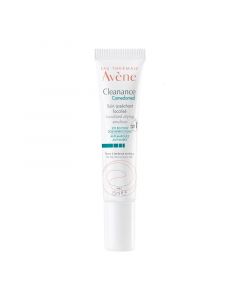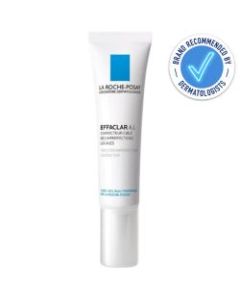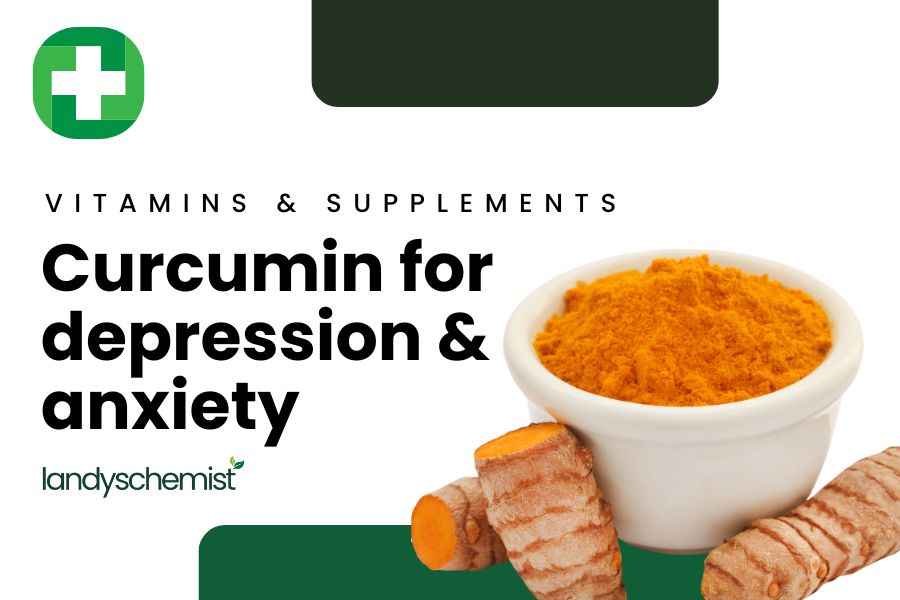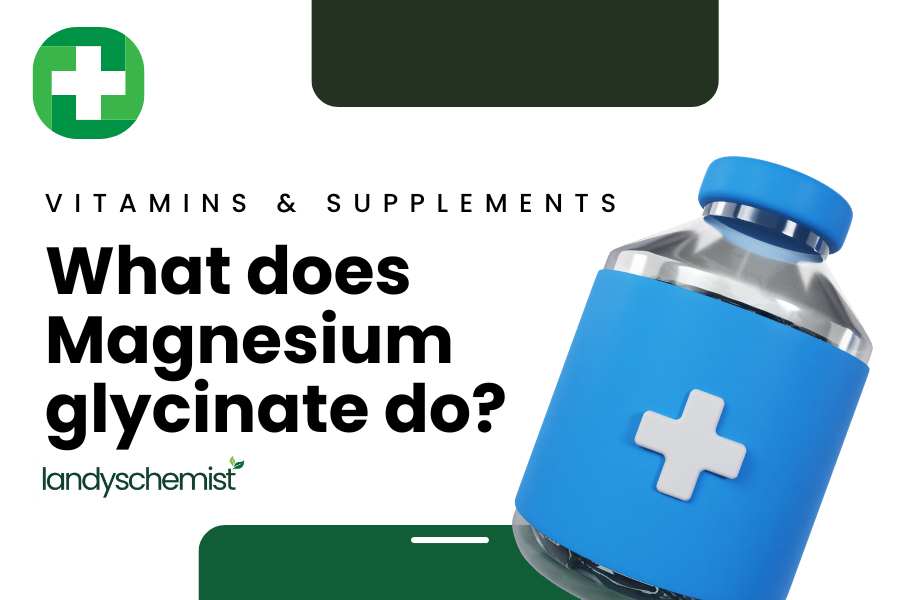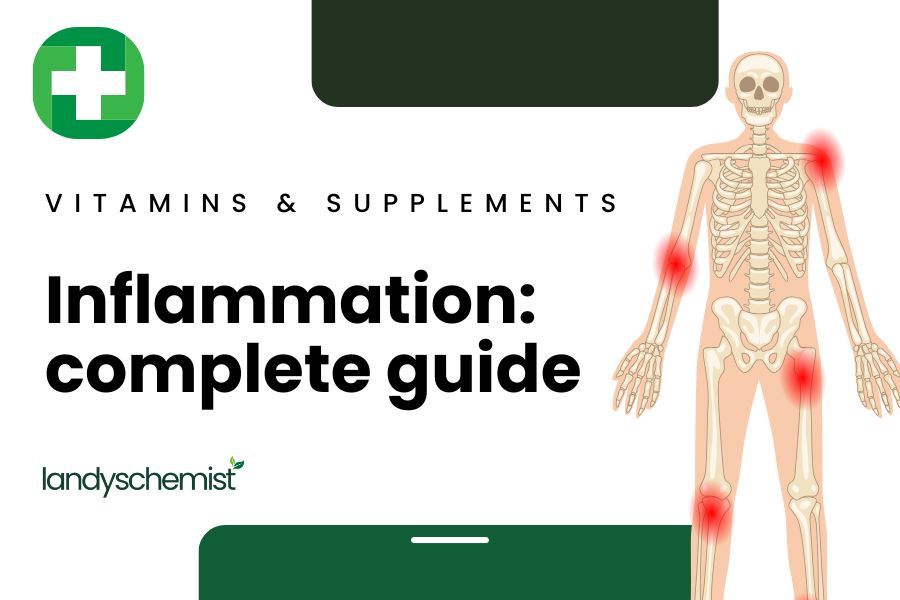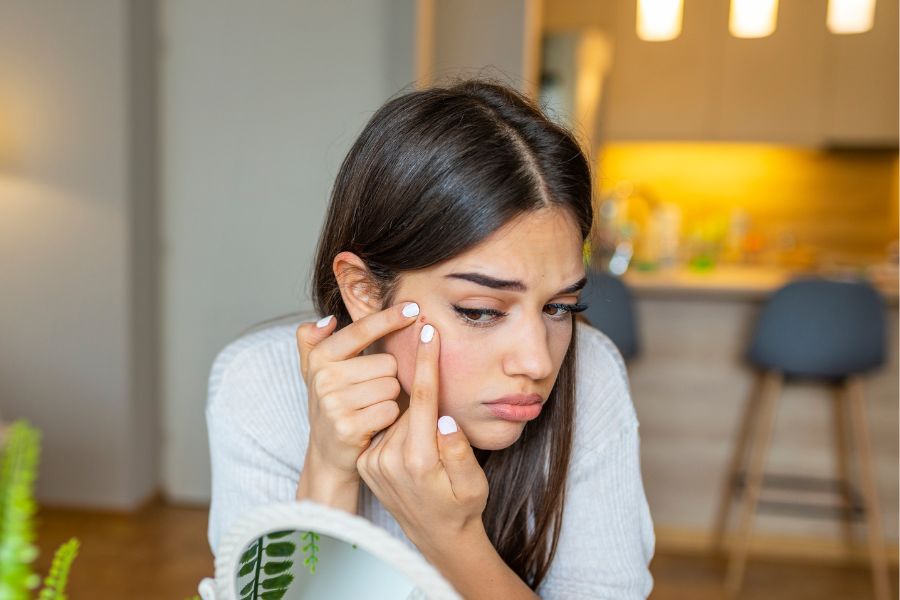
Do Targeted Spot Treatments Work?
What Are Spot Treatments?
A targeted spot treatment is a type of skincare product that is specifically designed to treat specific areas or spots on the skin, rather than the skin as a whole. These products are often used to treat and diminish pimples, blemishes, and other types of acne, and they typically contain active ingredients that help to kill bacteria, reduce inflammation, and promote the healing of the affected area.
Do Spot Treatments Work?
The effectiveness of spot treatments can vary depending on a number of factors, including the specific ingredients used in the product, the severity of the acne or blemish being treated, and the overall health and condition of the skin.
Understand what causes breakouts
Blemishes are a common skin concern, and they can be caused by a variety of factors. The most common cause of blemishes is acne, which is a condition that occurs when the pores of the skin become clogged with dead skin cells and excess oil. This can create an environment where bacteria can thrive, leading to the formation of pimples, blackheads, and other types of blemishes.
Other factors that can contribute to the development of blemishes include hormonal changes, stress, and certain medications. Hormonal changes, such as those that occur during puberty or pregnancy, can cause the skin to produce more oil, which can lead to the development of blemishes. Stress can also trigger the production of hormones that can cause the skin to produce more oil, leading to blemishes. And certain medications, such as steroids or hormonal birth control, can also contribute to the development of blemishes.
Look for blemish-fighting ingredients
Targeted spot treatments are typically applied directly to the spot or area of the affected area and should still be used in combination with other skincare products, such as cleansers and moisturisers. The most helpful skincare ingredients you can expect to find in spot treatments are:
- Beta Hydroxy Acids (like Salicylic Acid): also known as BHAs, are oil-soluble, therefore they are able to penetrate into the pores and dissolving the excess sebum, dead skin cells, and other debris that can clog pores and lead to acne. The anti-inflammatory and antibacterial properties can help to reduce redness and prevent the growth of bacteria that can cause acne.
- Benzoyl Peroxide: a common acne treatment that works by killing the bacteria that could otherwise lead to breakouts. It also helps to remove dead skin cells and reduce inflammation. When applied to the skin, benzoyl peroxide breaks down into benzoic acid and oxygen, which helps to kill bacteria and reduce the swelling and redness associated with acne.
- Tea Tree Oil: a natural antibacterial and anti-inflammatory agent. When applied to the skin, it helps to kill the bacteria that cause acne and reduce redness and swelling. It also has astringent properties meaning it can help to tighten pores and prevent future breakouts.
- Alpha Hydroxy Acids (like Glycolic Acid): also known as AHAs, work by exfoliating the skin top layer of the skin, removing dead skin cells, and unclogging pores. This helps to improve the texture and tone of the skin and help to prevent future breakouts and encourage an even complexion.
- Retinoids: helps to reduce acne by increasing cell turnover, unclogging pores, and decreasing inflammation. It also helps to regulate oil production and prevent the formation of comedones (blackheads and whiteheads). By exfoliating the skin and reducing inflammation, retinol can help to reduce the appearance of acne and prevent future breakouts.
How long does it take for a spot treatment to work?
Spot treatments are typically formulated to give you visible results overnight by drying-out and shrinking blemishes. Some spot treatments may start to show results within a few hours, while others may take a few days to clear the blemish.
Create a well-rounded skincare routine
Spot treatments are not a replacement for a regular skincare routine that includes cleansing, exfoliating, and moisturizing. In order to see the best results from a spot treatment, it should be used in combination with a well-rounded skincare routine that is tailored to your individual skin type and needs.
What goes first: spot treatment or moisturiser?
It is best to apply your spot treatment after cleansing and toning and before any serums and moisturisers as it allows the active ingredients to target and penetrate the skin.
When do you apply spot treatments?
Depending on how strong the formulation is, it is typically safe to use spot treatments 1-3 times a day. If it is a strong formula containing ingredients like retinol, AHAs and BHAs, it is best to use this only 1-2 times a day. Over-using active ingredients can irritate your skin and cause inflammation, which in-turn worsens the breakout.
Important: Avoid applying strong spot treatments before the spot has emerged onto the surface of the skin as you can dry and irritate the skin’s barrier and cause further inflammation. Wait for the spot to visibly appear and then apply the spot treatment for faster results.
What are the best spot treatments?
Avene Cleanance Localised Drying Emulsion is an 'SOS' skincare that reduces the appearance of localised blemishes from day one and helps prevent the appearance of residual marks.
- Quickly absorbed and non-greasy
- Suitable for adults and teenagers with sensitive oily, blemish-prone skin
- Can be used alongside topical acne treatments
- Contains Glycolic Acid and Retinaldehyde
La Roche-Posay Effaclar A.I. is a breakout corrector that targets individual blemishes, helping to reduce their appearance and prevent residual marks.
- Visibly reduces breakouts by 60%
- Pro-exfoliating activity helps to prevent residual skin discolouration
- Contains Salicylic Acid and Benzoyl Peroxide
REN ClearCalm Non-Drying Spot Treatment is designed specifically to be non-drying whilst naturally reducing redness and spot size, without leaving you feeling flaky.
- Willow Bark: This naturally derived precursor to salicylic acid helps clear spots without irritation.
- Maritime Pine and Thyme Complex: Soothes skin, while aiding recovery and reducing the potential for scarring.
- Prebiotic Chlorella Extract: Supports the skin microbiome and helps rebalance healthy bacteria.
By Rhysa Phommachanh: BA (Hons) Skincare and Media Make Up Specialist

